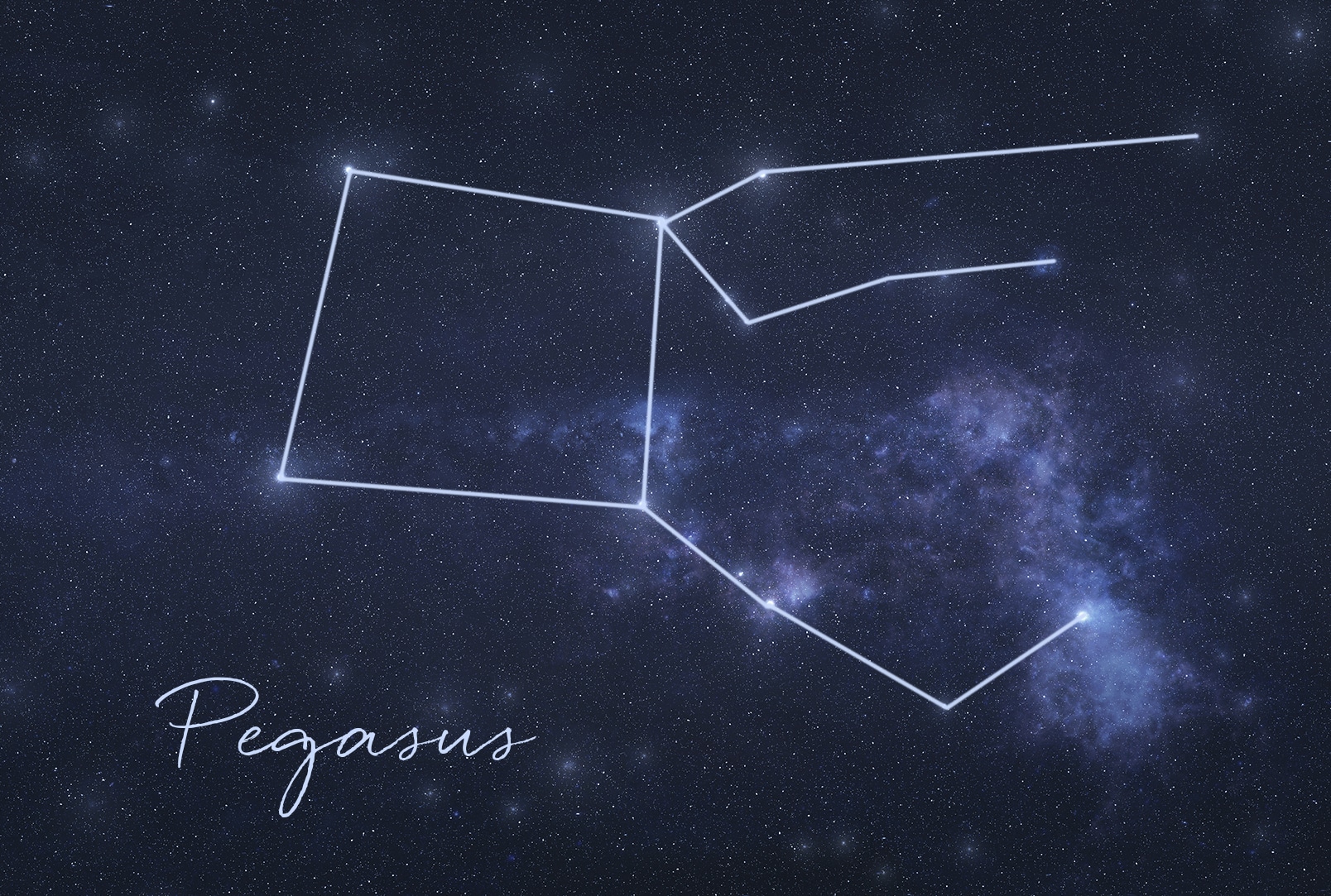September 21, 2023
Seeing Stars
Think of paradise and no doubt French Polynesia comes to mind; its turquoise lagoons and lush landscapes drenched in endless sunshine are pure enchantment on Earth. As days fade into twilight, however, a whole new paradise is unveiled, one that is equally breathtaking and endlessly captivating. French Polynesia is not only a tropical haven but also a celestial sanctuary, offering stargazers a glimpse of the universe in its purest form.
Here, we delve into what makes the night sky in French Polynesia so special and why a voyage aboard the m/s Paul Gauguin is an ideal way to look up and explore its wonders.

Quietly ensconced amidst the legendary isles of French Polynesia, the m/s Paul Gauguin is your perfect host for gazing up at stars and planets, constellations and the cosmos.
One of the most compelling reasons to visit French Polynesia for stargazing is its remarkably low light pollution. Unlike densely populated urban areas, the islands here have relatively few sources of artificial light pollution. And when out on the open sea, the night sky takes on an unparalleled brilliance as the minimal interference from artificial light creates the perfect canvas for the celestial spectacle overhead.
Another celestial boon is the region’s proximity to the equator, giving stargazers the unique advantage to see stars in both the Northern and Southern hemispheres throughout the year. As The Gauguin navigates the Society and Cook islands, the Tuamotus, Marquesas, and beyond, this celestial bridge comes alive with an array of prominent constellations. Some of them include:

Orion is named after the Greek mythological hunter; born of Poseidon, god of the sea, and Euryale, a human princess.
Orion (Orion the Hunter). Orion is a prominent winter constellation in the Northern Hemisphere but is visible in the French Polynesian sky as it rises in the east. Its distinctive “belt” formed by three bright stars (Alnitak, Alnilam, and Mintaka) makes it easily recognizable.

Canis Major is an ancient constellation representing the larger of the two dogs that follow Orion (the other being Canis Minor, not pictured).
Canis Major (The Greater Dog). Located to the southeast of Orion, this constellation is known for its bright star, Sirius—the brightest star in the night sky and one of 42 constellations that represent an animal.

The Pegasus constellation is famous for hosting the first exoplanet ever found around a normal star (an exoplanet is a planet beyond our own solar system).
Pegasus (The Winged Horse). Named for the winged horse in Greek mythology, this constellation is noticeable In the southern hemisphere in late winter through spring. It was one of the 48 constellations listed by 2nd-century astronomer Ptolemy and is the seventh largest of the 88 constellations recognized today.

Scorpius has 18 named stars, including Antares, the so-called "rival of Mars."
Scorpius (The Scorpion). Among the most distinctive of constellations in the zodiac, you can see Scorpius as a letter J (with a little imagination!), with the letter's curved bottom representing the scorpian's curved tail. It features the red supergiant star Antares, another of the brightest stars in the night sky.

Despite being the smallest of the 88 known constellations, Crux (Latin for cross) is one of the best known and easily recognizable constellations in the Southern Hemisphere.
Crux (The Southern Cross). Among the most renowned constellations in the Southern Hemisphere (thank you Crosby, Stills & Nash), the prominent Southern Cross is easily recognizable and has long been used for navigation. It appears on the flags of both Australia and New Zealand.

According to the poet Ovid, this constellation represents Chiron, the wisest of all centaurs who mentored Greek heroes including Jason, Hercules, and Achilles. (Others associate Chiron with the Sagittarius constellation.)
Centaurus (The Centaur). The Babylonians knew this constellation as the Bison-man, and in Greek and Roman times Centaurus was associated with a centaur, a mythical half-man, half-horse creature. Centaurus contains Alpha Centauri, one of the closest star systems to our solar system.

The Milky Way is our "home" galaxy, with the Sun just one of its more than 200-400 billion stars. Its oldest star is DM 140283 (known aslo as Methuselah), an estimated 13.6 billion years old.
The Milky Way. Arching gracefully across the night sky of French Polynesia, gazing upon the Milky Way from the decks of The Gauguin is a mesmerizing experience; its luminous glow becomes an ethereal bridge between Earth and the vast cosmos, igniting a sense of wonder that lingers long after the stars have faded.
Whether you choose to decipher the constellations or prefer to lose yourself in the twinkling dance of a starry, starry night, a journey with Paul Gauguin Cruises takes you into the heart of French Polynesia wrapped each night in a blanket of celestial wonder.